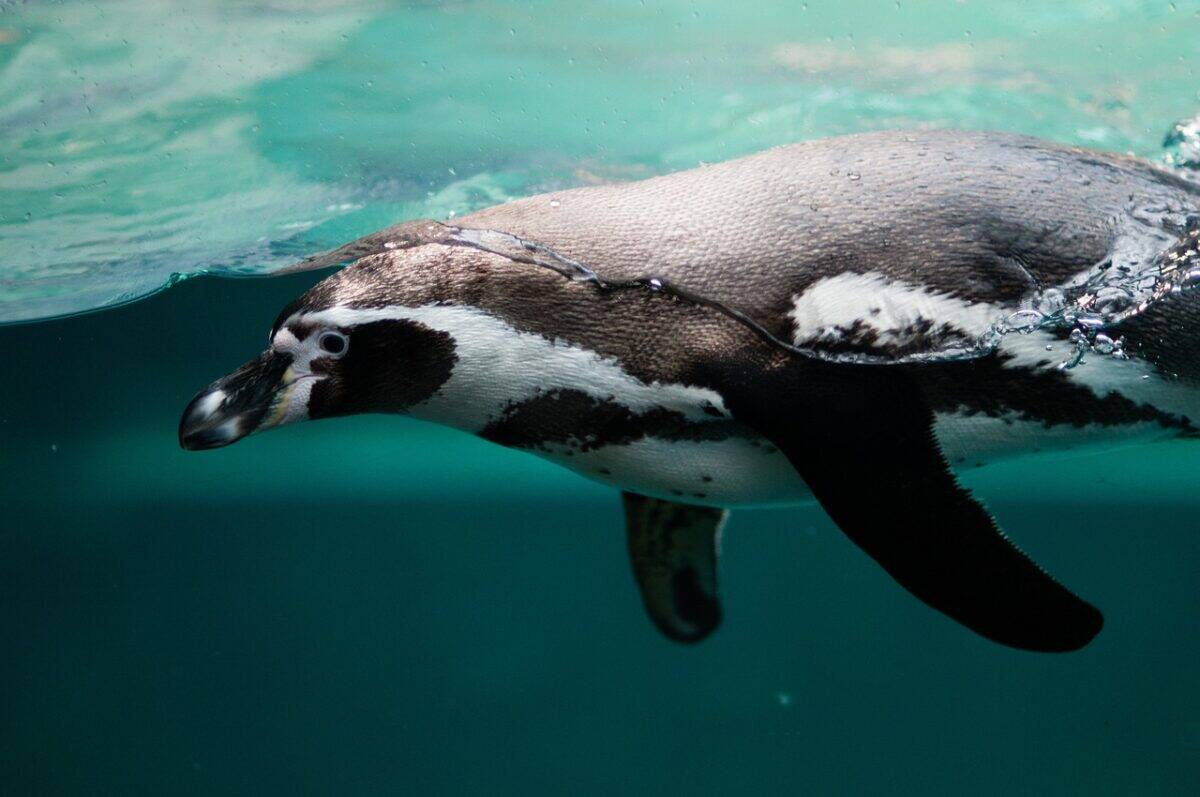Pacific Island ecosystems are among the most vulnerable on Earth to climate change impacts. Rising seas, warming temperatures, intensifying storms, and ocean acidification threaten both the unique wildlife and human communities across this vast oceanic region. Yet amid these challenges, Pacific Island species are demonstrating remarkable resilience through various adaptation strategies. This article explores how wildlife across the Pacific Islands is responding to rapidly changing conditions, highlighting both natural adaptation processes and how conservation efforts are helping facilitate survival in an uncertain future.
The Unique Vulnerability of Pacific Island Ecosystems

Pacific Island ecosystems face disproportionate threats from climate change due to their geographic isolation, limited land area, and specialized adaptations that evolved in relative isolation. Many islands rise just a few meters above sea level, making them particularly susceptible to sea-level rise. The IPCC projects sea levels could rise by 0.29-1.1 meters by 2100, with some recent models suggesting even higher figures. This existential threat is compounded by the fact that approximately 75% of Pacific Island species are endemic, found nowhere else on Earth. Their evolutionary history in stable, isolated environments has left many species with limited genetic diversity and specialized adaptations that may prove maladaptive in rapidly changing conditions. The combination of geographic vulnerability and biological constraints creates a perfect storm that threatens countless unique species across the region’s 30,000+ islands.
Physiological Adaptations in Marine Species

Some marine species in the Pacific are showing signs of physiological adaptation to warming waters and changing ocean chemistry. Certain coral species, for instance, have demonstrated an ability to adjust their thermal tolerance through a process called acclimatization. Studies in American Samoa have identified “super corals” that can withstand water temperatures up to 2°C higher than their typical thermal maximum. These corals appear to have adapted through a combination of genetic selection and modifications to their symbiotic relationships with algae. Similarly, some fish species are showing metabolic adjustments to warmer waters. The Mariana’s Gregory (Stegastes albifasciatus), a damselfish native to Guam and the Northern Mariana Islands, has demonstrated plasticity in oxygen consumption rates when exposed to warming conditions over multiple generations. While these physiological adaptations offer hope, researchers caution that adaptation rates may not keep pace with the unprecedented speed of current climate change.
Behavioral Shifts in Response to Environmental Changes
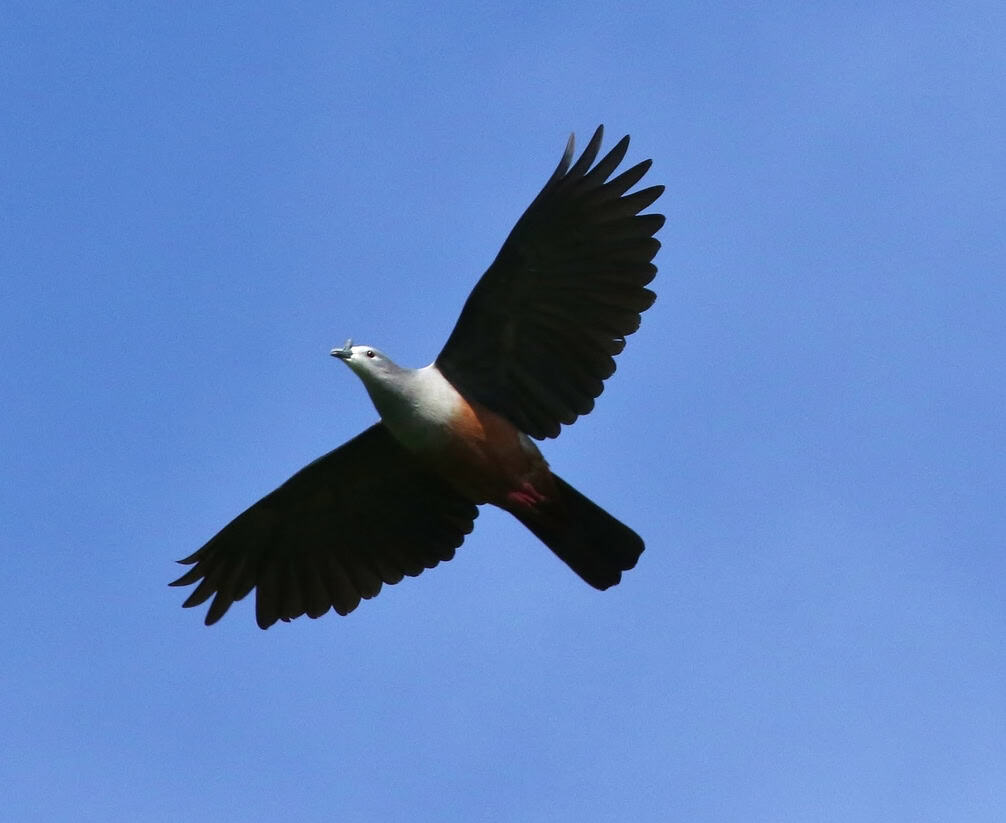
Behavioral adaptations represent some of the most immediately observable responses to climate change across Pacific Island wildlife. Seabirds like the Wedge-tailed Shearwater (Ardenna pacifica) are adjusting their foraging patterns in response to changing ocean productivity. Tracking studies from colonies in Hawaii have shown these birds traveling up to 150 kilometers farther to find food than they did just a decade ago. On land, the endangered Pacific Micronesian Pigeon (Ducula oceanica) has been documented shifting its feeding schedule to earlier morning hours to avoid midday heat extremes on islands like Palau and the Federated States of Micronesia. Perhaps most dramatically, multiple turtle species, including the critically endangered Hawksbill (Eretmochelys imbricata), are altering their nesting behaviors. In the Solomon Islands, researchers have documented turtles nesting at night rather than during daytime hours and selecting shadier, more protected nest sites – apparent adaptations to avoid lethal incubation temperatures that would kill developing embryos.
Range Shifts and Relocation Patterns

As climate conditions change, numerous Pacific Island species are shifting their ranges to maintain suitable habitat conditions. These movements often follow elevational or latitudinal gradients. In Hawaii, native honeycreepers like the ‘I’iwi (Drepanis coccinea) are moving to higher elevations to escape warming temperatures that favor the spread of avian malaria. Similarly, in Fiji, the Fiji Tree Frog (Cornufer vitiensis) has been documented expanding its range upslope by approximately 80 meters over the past three decades. Marine species show even more dramatic movement patterns. The range of the Crown-of-Thorns Starfish (Acanthaster planci), a coral predator, has expanded southward in the Pacific by nearly 200 kilometers since the 1980s, likely due to warming waters. However, range shifts present particular challenges on islands, where geographic constraints may limit how far species can move. For mountaintop specialists or species on low-lying atolls, there is often nowhere to go when conditions become unsuitable – a phenomenon ecologists call “the escalator to extinction.”
Genetic Adaptations and Evolutionary Responses
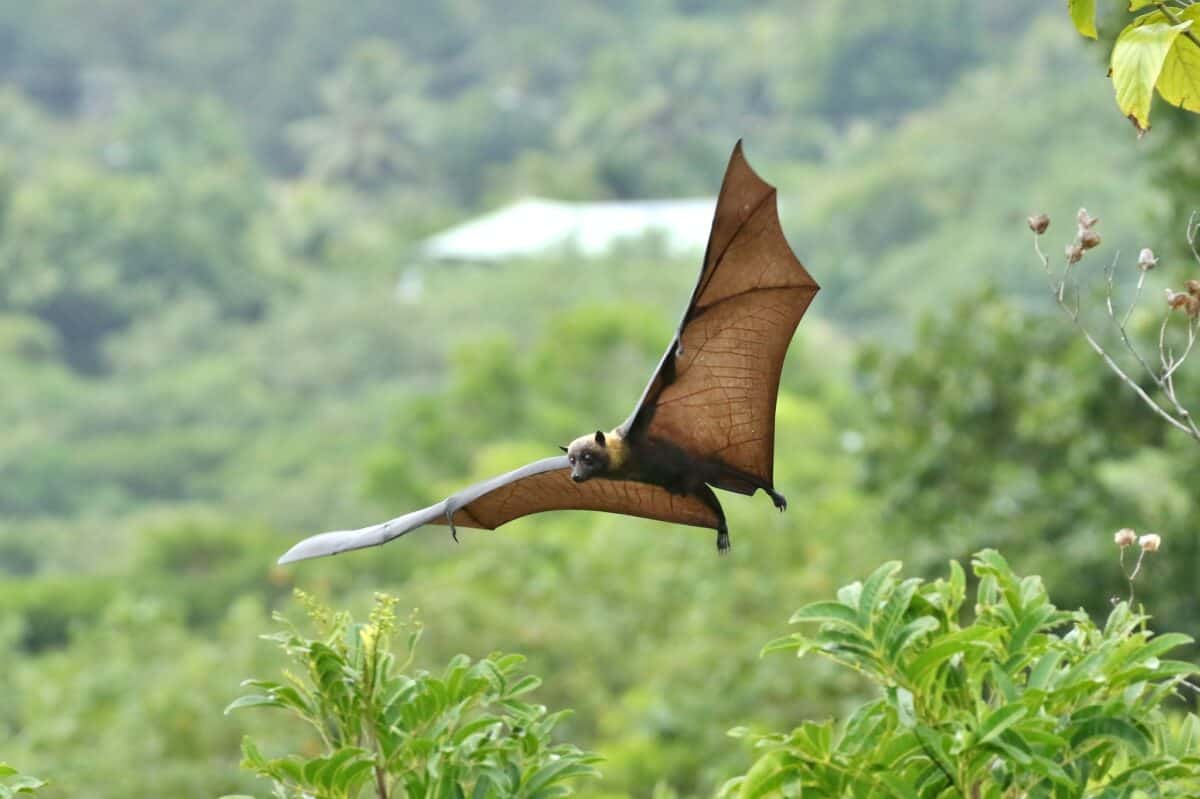
While evolutionary adaptation typically occurs over long timescales, some Pacific Island wildlife is showing signs of rapid genetic responses to climate pressures. The most well-documented examples come from species with short generation times. The Aedes polynesiensis mosquito, native to many Pacific Islands, has shown genetic shifts in desiccation resistance genes over just the past 30 years as rainfall patterns have become more variable across parts of the South Pacific. More surprisingly, even some longer-lived vertebrates appear to be undergoing selection for climate-adaptive traits. A 20-year study of the Palau Flying Fox (Pteropus pelewensis) has documented shifts in the frequency of genes related to heat tolerance and water conservation. The most dramatic example may be the Brown Tree Snake (Boiga irregularis) in Guam, which has shown measurable evolution in its thermal tolerance range since its introduction in the 1950s. While these genetic adaptations provide some hope, evolutionary rescue is unlikely for species with long generation times facing rapid environmental change.
Coral Reef Adaptations and Resilience

Coral reefs, the marine rainforests of the Pacific, face existential threats from warming temperatures, acidification, and extreme weather events. Yet some reefs are showing remarkable resilience. The “50 Reefs” initiative, which identified climate-resilient reef systems globally, found several Pacific reef systems with unusual adaptation potential. In Palau’s Rock Islands, corals have adapted to naturally acidic conditions in semi-enclosed lagoons, potentially providing genetic resources for adaptation elsewhere. Similarly, corals in Kimbe Bay, Papua New Guinea, have demonstrated heat tolerance due to regular exposure to warm-water upwelling. Beyond corals themselves, entire reef ecosystems are showing signs of adaptation. Research in Fiji has documented shifts in reef fish communities, with herbivorous species becoming more dominant – a potentially adaptive response that helps control algae that might otherwise smother corals following bleaching events. While mass bleaching events continue to devastate many Pacific reefs, these pockets of resilience offer crucial genetic resources and possible refugia for coral reef conservation.
Mangrove Expansion and Coastal Protection
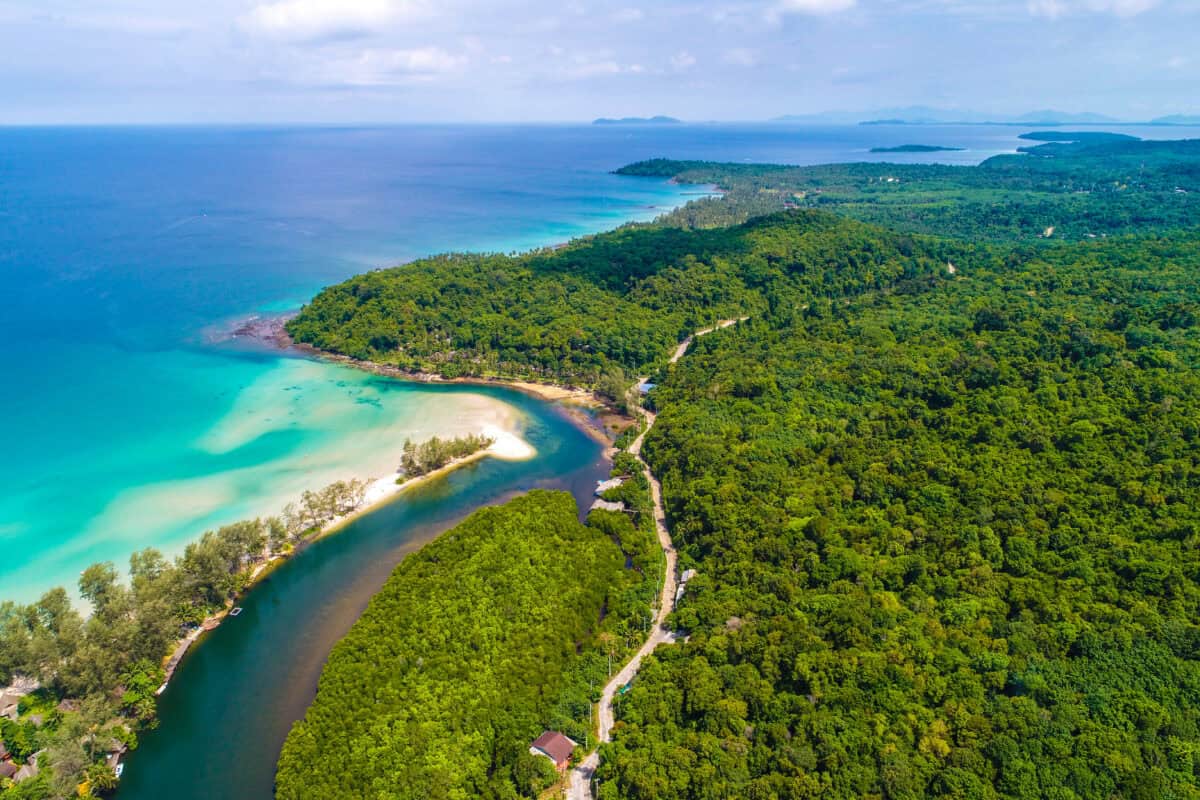
As sea levels rise, mangrove ecosystems are playing an increasingly important role in coastal protection across the Pacific Islands. These salt-tolerant woody plants are uniquely positioned to adapt to inundation, with some species naturally migrating inland as coastal conditions change. In parts of Fiji, Samoa, and Solomon Islands, mangroves have expanded their range by 2-8% over the past 25 years. This expansion provides multiple climate adaptation benefits. Mangroves serve as natural barriers against storm surge and coastal erosion, with studies showing they can reduce wave energy by up to 66%. They also create nursery habitats for marine species and sequester significant amounts of carbon – up to five times more per unit area than tropical forests. While mangrove expansion represents a natural adaptation process, it faces significant hurdles from coastal development and infrastructure that blocks inland migration. Conservation initiatives across the Pacific, including Fiji’s Mangrove Ecosystems for Climate Change Adaptation and Livelihoods project, are working to protect migration corridors to facilitate this natural adaptation process.
Seabird Adaptation and Nesting Changes
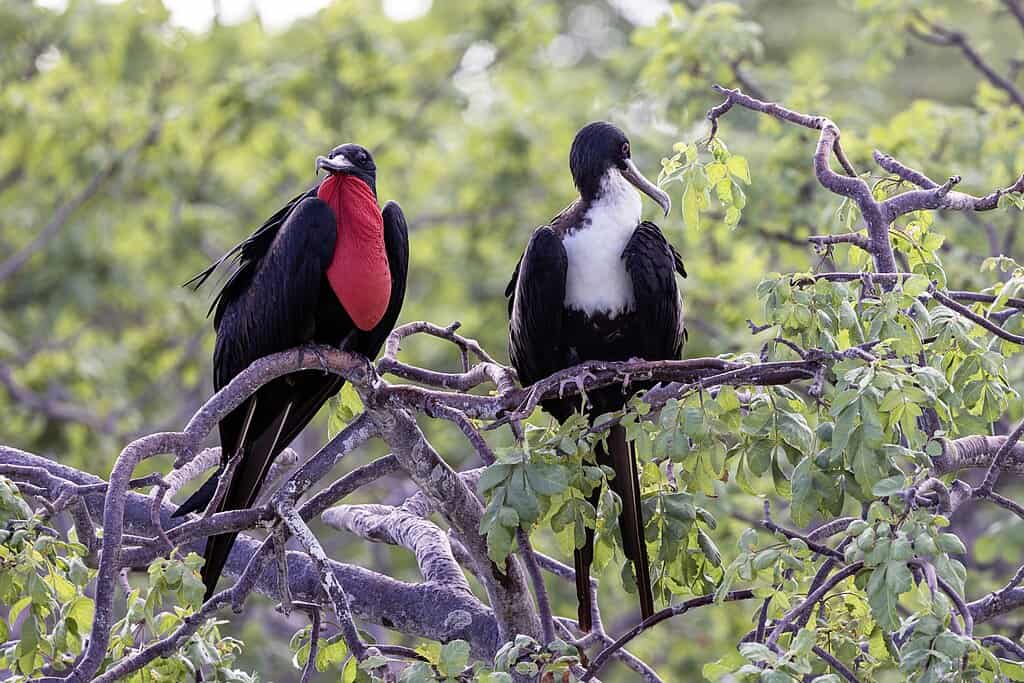
Pacific seabirds, which depend on both marine and terrestrial ecosystems, face multiple climate-related challenges that are driving adaptive responses. Rising sea levels threaten nesting colonies, while changing ocean conditions affect food availability. Monitoring on Christmas Island (Kiritimati) in Kiribati has documented the Great Frigatebird (Fregata minor) shifting to nest sites an average of 2.4 meters higher than historical locations, likely in response to more frequent flooding events. In the Northwestern Hawaiian Islands, Laysan Albatross (Phoebastria immutabilis) colonies are gradually relocating to higher ground on islands like Midway Atoll. Even more dramatic behavioral adaptations are occurring in some species. The Black Noddy (Anous minutus) in American Samoa has been observed building structurally different nests with more substantial anchoring to withstand stronger storm winds. These adaptations showcase behavioral plasticity but have limits – particularly on low-lying atolls where higher ground simply doesn’t exist. This reality has prompted conservation efforts to establish “insurance colonies” of threatened seabirds on higher islands less vulnerable to sea-level rise.
Freshwater Species Facing New Challenges
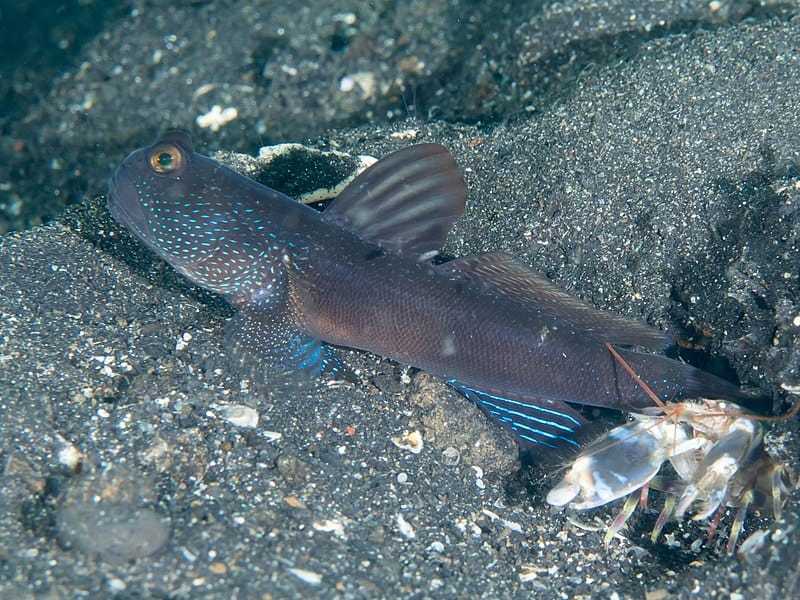
Freshwater ecosystems on Pacific Islands are particularly vulnerable to climate change, with altered precipitation patterns leading to both increased drought and flooding events. Native freshwater species are demonstrating various adaptation strategies to cope. The Hawaiian O’opu (Lentipes concolor), an amphidromous goby fish, has shown increased tolerance to elevated temperatures in streams that regularly experience warming. This physiological adaptation appears to be facilitated through changes in gill structure and increased heat shock protein production. In Fiji, the endemic Fiji Tree Frog has been documented adjusting its breeding timing to align with changing rainfall patterns, with breeding now occurring approximately 2-3 weeks earlier than historical records from the 1980s indicate. Perhaps most remarkably, some freshwater invertebrates are showing increased salt tolerance as coastal groundwater experiences saltwater intrusion. Studies in Tuvalu and Kiribati have found native dragonfly larvae developing in slightly brackish waters that would have been lethal to previous generations. While these adaptations are encouraging, freshwater species on small islands remain highly vulnerable due to the limited extent of freshwater habitat and increasing human demands on water resources.
Conservation Interventions Supporting Adaptation
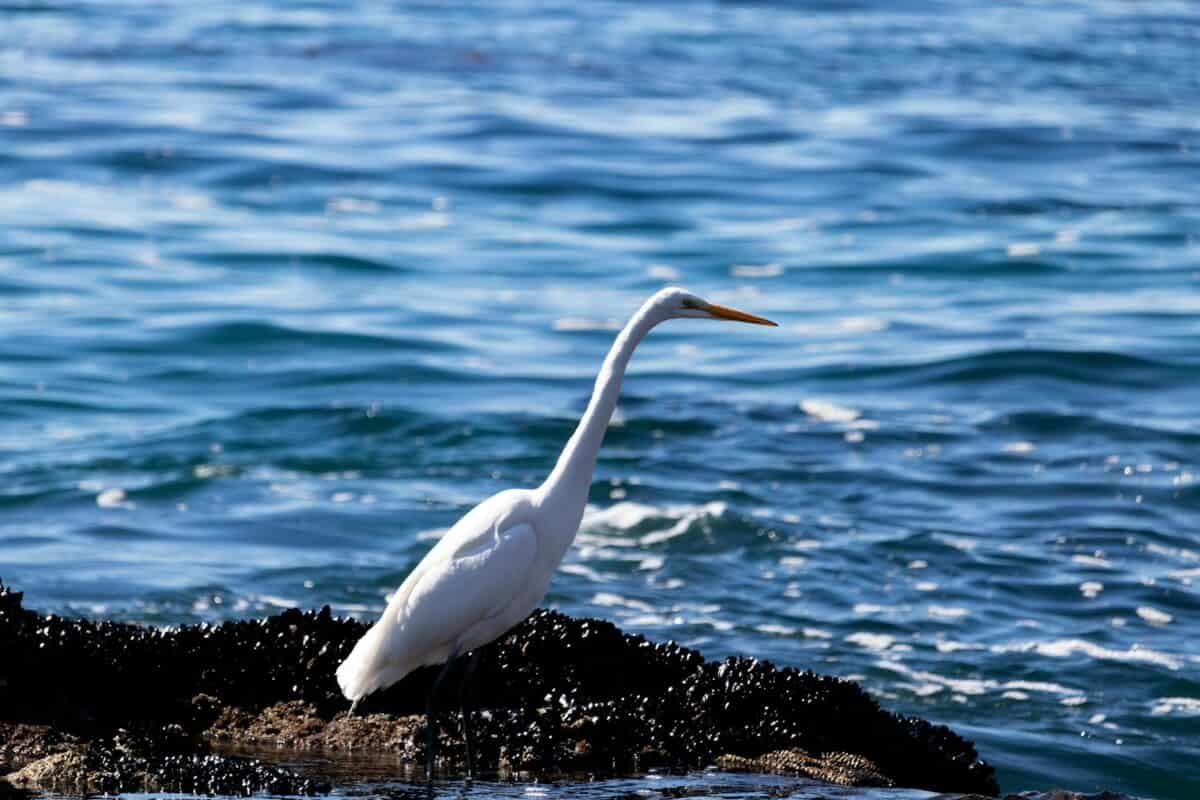
Conservation efforts across the Pacific are increasingly focused on facilitating natural adaptation processes rather than simply preserving static conditions. “Climate-smart” conservation approaches include creating protected area networks that incorporate climate refugia – locations projected to maintain suitable conditions despite regional changes. The Micronesia Challenge, which aims to conserve 30% of nearshore marine resources and 20% of terrestrial resources across Micronesia by 2030, explicitly incorporates climate resilience in protected area design. More interventionist approaches are also being employed in some cases. In Palau, scientists are selectively breeding “super corals” that demonstrate heat tolerance for reef restoration projects. In New Zealand’s outer territories, translocations of threatened seabirds to higher-elevation islands are creating insurance populations. Perhaps most ambitious is the concept of “assisted evolution,” where researchers are exploring techniques to enhance adaptive capacity in vulnerable species. These approaches range from exposing corals to sub-lethal stress to promote adaptive responses to more controversial genetic intervention techniques. While these efforts show promise, conservation scientists emphasize that reducing greenhouse gas emissions remains the most crucial factor in whether Pacific Island wildlife can successfully adapt to climate change.
Traditional Ecological Knowledge and Local Adaptation Strategies
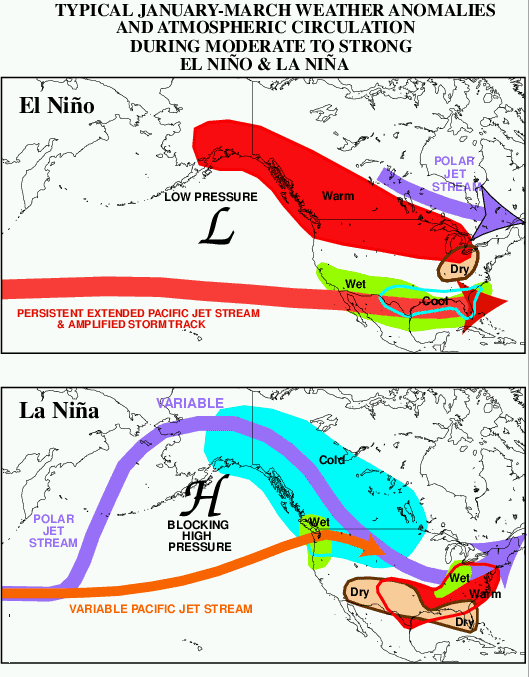
Pacific Islander communities have centuries of traditional ecological knowledge (TEK) that is proving valuable in understanding and supporting wildlife adaptation. In Vanuatu, local communities have documented changing behaviors in the endangered Flying Fox through traditional monitoring systems that predate Western scientific observation in the region. TEK has identified climate-resilient reef areas in Samoa that modern scientific surveys later confirmed as resistant to bleaching. This integration of traditional and scientific knowledge is creating more holistic adaptation strategies. The Pacific Adaptation to Climate Change (PACC) program actively incorporates TEK into conservation planning across 14 Pacific Island countries. For example, in the Marshall Islands, traditional knowledge about the relationship between certain fish spawning patterns and weather conditions has helped identify climate-resilient marine protected areas. This knowledge, developed through generations of careful observation, provides insights into historical adaptation processes that can inform current conservation strategies. The emphasis on locally-led, knowledge-informed conservation approaches represents a significant evolution in how adaptation is supported across the Pacific.
Limitations and Constraints to Adaptation

Despite encouraging examples of adaptation, Pacific Island wildlife faces significant constraints in responding to climate change. Adaptation capacities vary dramatically between species, with some facing biological limitations that may prove insurmountable. Species with long generation times, low genetic diversity, specialized habitat requirements, or limited dispersal abilities face particularly severe challenges. Geographic constraints are equally significant – on small islands, species simply may have nowhere to go as conditions change. The pace of climate change presents perhaps the greatest challenge, as it is occurring at rates unprecedented in evolutionary history. A 2020 assessment of adaptation potential across Pacific Island endemic species found that approximately 37% face “very high” vulnerability due to a combination of exposure to climate threats and limited adaptive capacity. Non-climate stressors further complicate adaptation processes. Habitat destruction, invasive species, pollution, and overexploitation all reduce resilience and adaptive capacity. This reality highlights the importance of addressing these other threats to give climate adaptation the greatest chance of success. Without such holistic approaches, even the most impressive adaptive capacities may be overwhelmed by the combined pressures facing Pacific Island ecosystems.
The remarkable adaptation strategies employed by Pacific Island wildlife offer both inspiration and warning as we navigate an uncertain climate future. While many species are showing impressive resilience through physiological adjustments, behavioral changes, range shifts, and even rapid evolution, these adaptations have limits that will likely be exceeded without aggressive global action on climate change. The stories of adaptation across the Pacific underscore that nature has tremendous capacity for resilience when given space and opportunity to respond to changing conditions. Conservation approaches that recognize and support these natural adaptation processes, while addressing non-climate stressors, offer the best path forward for preserving the extraordinary biodiversity of the Pacific Islands. Ultimately, however, the fate of Pacific Island wildlife depends not just on their adaptive capacity or our conservation interventions, but on whether humanity collectively addresses the root cause of climate change through rapid decarbonization and sustainable development.
- How Pacific Island Wildlife Is Adapting to Climate Change - August 10, 2025
- What It Takes to Care for a Panda in a U.S. Zoo - August 9, 2025
- Why Florida Is a Hotspot for Invasive Reptiles - August 9, 2025

